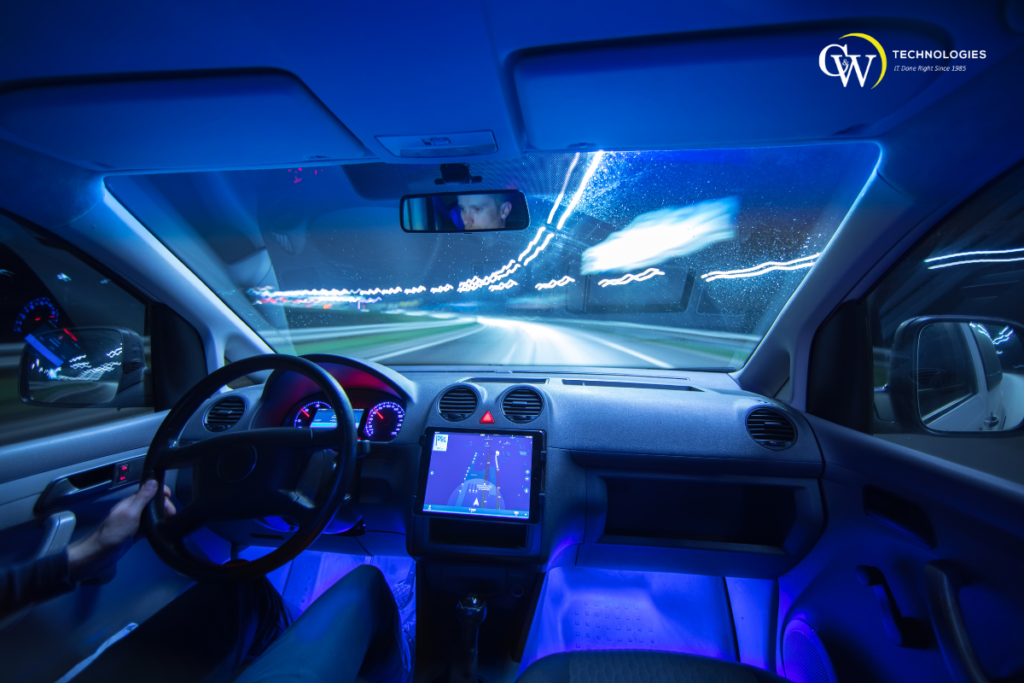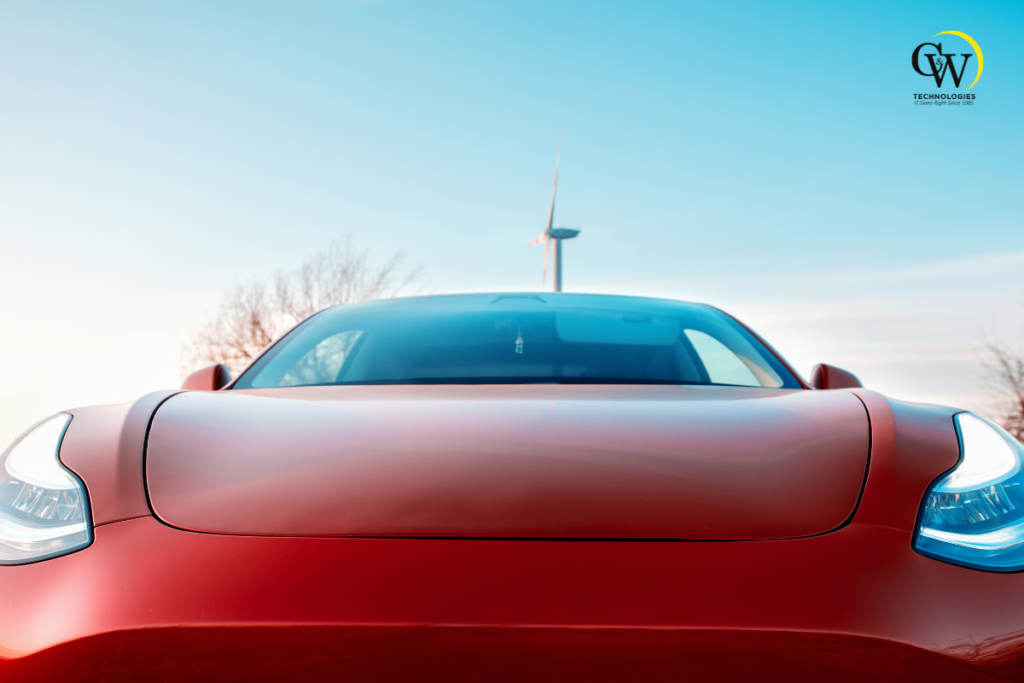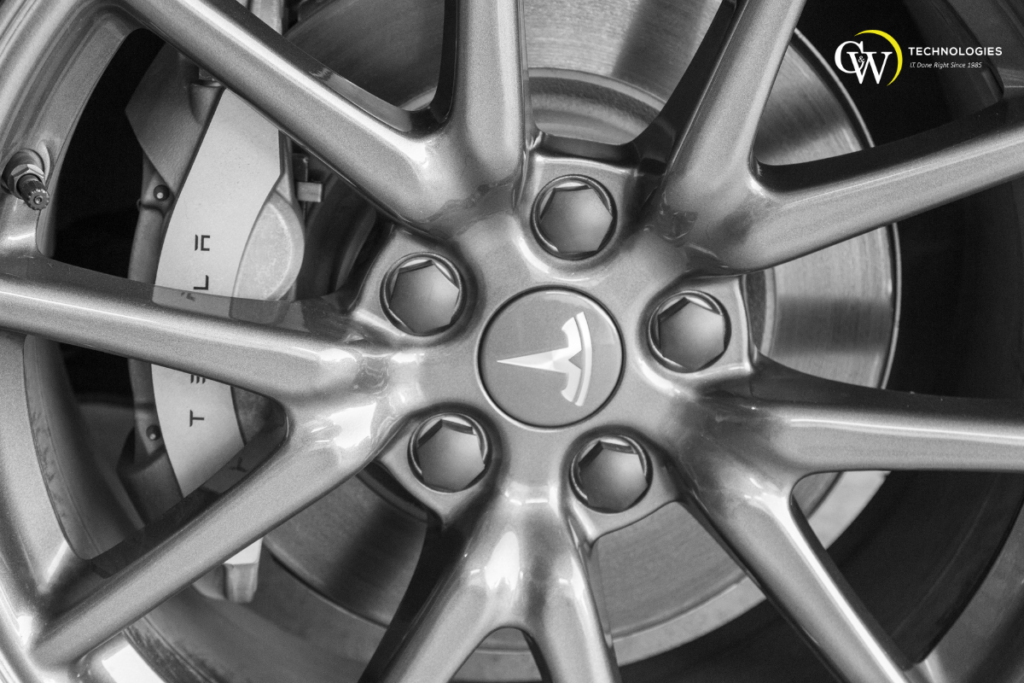Elon Musk, the visionary entrepreneur known for pushing boundaries and disrupting industries, has once again made waves in the technology world with his latest creation – the ‘Cybercab’ robotaxi. This cutting-edge innovation has been unveiled by Musk as part of Tesla’s ambitious future plans for their self-driving vehicles. With promises of revolutionizing transportation and changing the way we commute, Elon Musk’s Cybercab robotaxi is generating a lot of buzz and anticipation. In this blog post, we will delve into the details of this groundbreaking invention and explore its potential impact on our daily lives. So, buckle up and join us on this exciting journey into the world of Cybercab! Let’s discover what makes this robotaxi so special and how it could shape the future of transportation.
What Exactly is a Cybercab?
In simple terms, a Cybercab is an autonomous, electric vehicle that operates as a taxi service. It is part of Tesla’s vision for a fully self-driving fleet of vehicles, which the company plans to achieve through its advanced Autopilot system and artificial intelligence technology.
The concept of self-driving cars is not new, but what sets Cybercabs apart is their unique design and capabilities. These vehicles are sleek and modern in appearance, with no steering wheel or pedals. Instead, passengers can simply enter their destination on a touchscreen inside the car and let it do the rest.
Elon Musk Technology at its Finest
Elon Musk has always been at the forefront of groundbreaking technology, and the Cybercab is no exception. With Tesla’s expertise in electric vehicles and artificial intelligence, it is no surprise that they have developed a game-changing robotaxi.
The key technology behind Cybercabs is Tesla’s Autopilot system, which uses sensors, cameras, and advanced algorithms to navigate roads and traffic. This system has been continuously improving over the years through data collection and machine learning, making it one of the most advanced self-driving technologies available.
How are Autonomous Vehicles Shaping the Future?
The development of self-driving vehicles has been a hot topic in the technology industry for years now, with many predicting that they will be the future of transportation. And with Elon Musk’s Cybercab now in the picture, this prediction might become a reality sooner than we think.
One of the biggest advantages of autonomous vehicles is safety. With advanced sensors and cameras, these cybercabs can detect and avoid potential accidents, making roads much safer for everyone. They also have the potential to reduce traffic congestion and decrease carbon emissions by optimizing driving routes and eliminating human error.
When Did Artificial Intelligence in Vehicles Become a Thing?
Artificial intelligence (AI) has been making its way into the automotive industry for a while now, with features like lane departure warnings and automatic emergency braking becoming standard in many cars. But it was Tesla’s Autopilot system, launched in 2014, that truly pushed the boundaries of AI in vehicles.
The system uses cameras, radar, and ultrasonic sensors to read and analyze the vehicle’s surroundings and make decisions accordingly. With continuous updates and advancements, Tesla hopes to achieve full self-driving capabilities for their vehicles soon with cybercabs.
The Benefits of Having a Cybercab Robotaxi
- Convenience: With no need to drive, passengers can relax or be productive during their commute.
- Cost-effective: Using a robotaxi service could save money on car ownership and maintenance costs.
- Safety: Autonomous vehicles have the potential to reduce accidents caused by human error.
- Accessibility: Self-driving cars could improve transportation for people with disabilities or limited mobility.
Challenges to Overcome
While the idea of self-driving cars is exciting, there are still some challenges that need to be addressed before they become mainstream. These include:
- Regulatory hurdles: Governments and authorities will need to create laws and regulations for autonomous vehicles to ensure safety and accountability.
- Technical limitations: Despite advancements in technology, there are still challenges with navigating complex road situations and extreme weather conditions.
- Public acceptance: Many people may be hesitant to trust a self-driving vehicle, which could slow down the adoption of this technology.
What Makes Cybercabs a Safety Driver?
One of the main reasons why Elon Musk believes Cybercabs will be a game-changer is their focus on safety. With no human driver, these cars eliminate the risk of distracted or impaired driving. They also have advanced safety features that continuously monitor and assess the vehicle’s surroundings, making it less prone to accidents.
Additionally, Tesla plans to equip its fleet with ‘Tesla Shield’, a security system that uses AI and cameras to identify potential hazards and avoid collisions. With safety being a top priority for Tesla, it is clear that they are taking all necessary measures to ensure their self-driving vehicles are as safe as possible.
The Controversy Surrounding Autonomous Vehicles
Despite the potential benefits of self-driving cars like Cybercabs, there is also a lot of controversy surrounding their development and use. Some critics argue that autonomous vehicles could lead to job loss for human drivers and raise concerns about privacy and security issues.
There are also questions about the reliability of AI technology and its ability to make split-second decisions in emergency situations when it comes to cybercabs. As with any new technology, there will always be debates and concerns, but it is crucial to address these issues as we move towards a more automated future.
What are Some of the Dangers of Autonomous Cars?
While there are valid concerns regarding the safety and security of cybercabs, it’s essential to note that traditional human-operated vehicles also pose a significant danger.
However, as with any new technology, there will be challenges and risks that need to be addressed continuously with cybercabs. The development of policies and regulations for self-driving cars is crucial in ensuring their safe implementation on our roads.
Who is C&W Technologies?
C&W Technologies is a leading technology company that offers innovative solutions and services to businesses. Our expertise includes cloud computing, data analytics, cybersecurity, and digital transformation. We work with clients to optimize their IT infrastructure and maximize efficiency in their operations. With a strong focus on customer satisfaction, we at C&W Technology strives to provide cutting-edge technology solutions to help companies thrive in the rapidly evolving digital landscape.
Contact Us
If you are interested in learning more about C&W Technologies and our services, please visit the form below. We would love to hear from you! So, if you have any questions or feedback, please don’t hesitate to reach out. Let’s work together towards a more connected and technologically advanced future. Contact us.
Frequently Asked Questions (FAQ’s)
Q: What is a brain-computer interface (BCI)?
A brain-computer interface (BCI) is a technology that allows direct communication between the brain and an external device, such as a computer or prosthetic limb.
Q: What is autonomous driving?
Autonomous driving refers to vehicles that can operate without human input, using sensors and artificial intelligence to navigate roads and make decisions.
Q: What is a self-driving taxi?
A self-driving taxi, also known as a robotaxi, is an autonomous vehicle used for transportation services, eliminating the need for a human driver.
Q: What are human trials?
A: Human trials refer to the process of testing new drugs or technologies on human subjects to assess their safety and effectiveness.
Q: Can autonomous vehicles prevent major accidents?
A: Yes, with advanced features and technology, autonomous vehicles have the potential to reduce accidents caused by human error.
Q: Why is using a computer screen important in brain-computer interface technology?
A: A computer screen is essential in brain-computer interface technology as it serves as an output for the data collected from the brain and allows for communication between the user and external devices.
Q: Do self-driving taxis currently offer rides to passengers?
A: Some companies are conducting trials and offering rides in self-driving taxis, but they are not yet available for commercial use. However, companies like Tesla and Waymo have plans to launch fully autonomous ride-hailing services in the near future.


